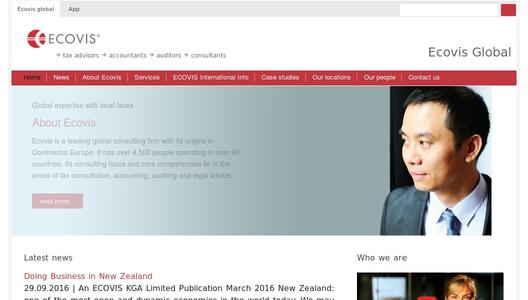In times of changing dynamics on the parameters of information, finance, compliance and competition, one major shift which management leadership and entrepreneurs agree on is “Having the right questions instead of the right answers” and “Having the skills to engage and align people to a common focus”.
“KORE SPIRIT” by ECOVIS RKCA is a series of frameworks developed using the tools of ToP (Technology of Participation) TM ICA (Australia) to achieve effective consulting at three levels: a) business b) organisation and c) personal leadership.
The high performance work system (HPWS) is one such framework which combines business objectives, people resources, work structures, and operational processes that maximise employee knowledge, skill, commitment and flexibility. The system is composed of many interrelated parts that complement one another in order to reach the goals of any organisation, large or small, and is primarily used to achieve organisational effectiveness.
To create a “HPWS” it is important to have
1.clear goals
2.to get those involved engaged
3.the correct skills and resources
4.the right execution mechanism and focus
The three core principals of HPWS:
Ownership by all the stakeholders in the process: Relevant stakeholders are involved in various aspects. Thus “involvement leads to ownership”.
Credibility of the leaders of the organisation: At each level the individual is likely to be watching their leaders’ behaviour. The more consistent they are in what they do and say, the greater is their credibility.
Trust amongst individuals including leaders: Whether it is peers or subordinates or superiors, trust is built when there is transparency in relationships and in dealings. Thus, “trust through transparency” is the third core belief to build an HPWS.
The quadrants along the left of the Y axis are the areas that enable development of people’s focus in the organisation. The quadrants on the right of the Y axis are the areas that enable the development of the task focus in the organisation. The work done in the top half of the X axis leads to the discovery and development of potential of the organisation and its people. The work done in the bottom half of the X axis leads to the delivery of performance and its development.
Each of these is interrelated. At one level work can start on any one of the objectives. Yet at some stage it will become imperative to look at the other elements to ensure the holistic development of the organisation.
Objectives of consulting
Various objectives of consulting are mentioned, but substantial effectiveness is achieved if pursued applying the three core value builders of ownership, trust and consistency.
The starting point can be any of the five objectives of consulting, starting from information assimilation to assistance of solution implementation, but the heart of the model is the core belief system that underlies the deployment of the model for any organisation to leverage collective potential to its maximum to achieve effectiveness and excellence.
- Assist implementation e.g. building commitment, encouraging learning, and developing organisational effectiveness, need handholding to implement change.
- Recommending actions: e.g. organisational restructuring, financial restructuring, change management initiatives
- Effective diagnosis: project diagnosis, process diagnosis, strategic, lean management studies and organisational recommendations etc.
- Problem solving: e.g. to make or to buy, to acquire or divest, changing a marketing strategy, restructuring the organisation, financial policies to adopt; financial control, legal structure, management succession, etc.
- Provide information: e.g. attitude surveys, cost studies, feasibility studies, market surveys, or analyses of the competitive structure of an industry or business.
Dounia Bendennoune Regional Manager, ECOVIS RKCA ME FZE, Dubai, United Arab Emirates
dounia.bendennoune@ecovis.in

